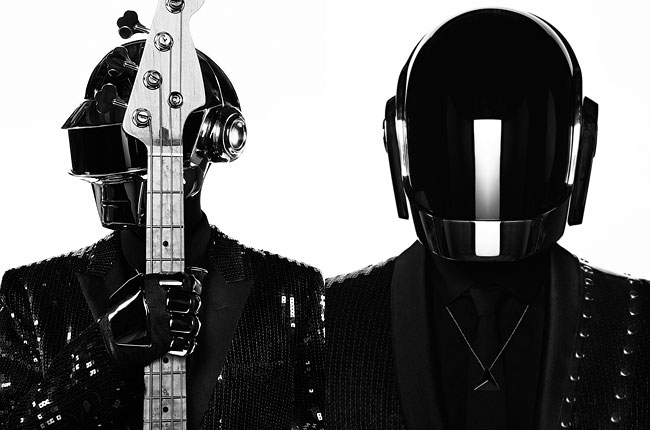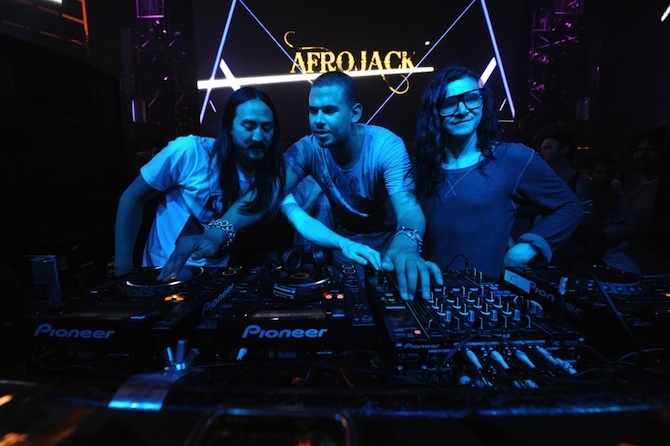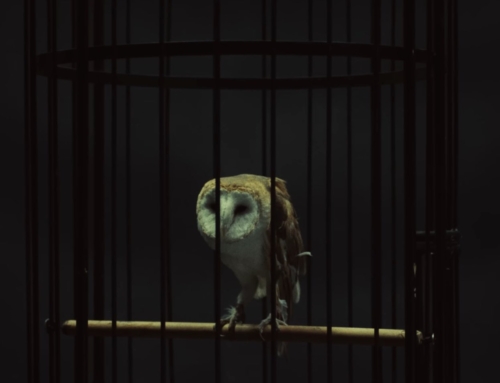In certain electronic dance music subgenres, such as synthpop, vocals are a must. After all, the robotically-sung lyrics of New Order’s “Blue Monday” are as memorable as the drum machine and keyboard lines to the point that if you played either, a listener could identify the track.
It’s not as clear-cut in other subgenres, and a good deal of house tracks – as you can tell from the current Beatport Top 10 – don’t rely on vocals. In fact, when you swipe out David Guetta and Showtek’s collaboration, nearly every other track stands on an instrumental base.
However, the onomatopoeic quality of Armin Van Buuren’s “Ping Pong,” careful sampling in Sander Van Doorn and Firebeatz’s “Guitar Track,” or big room, put-your-hands-up-without-saying-it atmosphere of Fedde Le Grand’s “Don’t Give Up” reach a brick wall when it comes to mainstream popularity. Rather, being simply major in the genre reflects the sentiment in Alphaville’s 1980s synthpop hit “Big in Japan”: Successful in a limited market, and thought of as an oddity overall.
So what’s the factor making a dance music track big overall? Based on general observations, and confirmed at last year’s WMC by Spinnin’ Records’ Eelko van Kooten, vocals ensure more radio play – hence why most single versions include a prominent vocal line.
Of course, if you look hard enough, an instrumental version showcasing an artist’s talents can be found out there. But on the other hand, vocals especially post-2012 can go one of two ways: One, they polish up a run-of-the-mill EDM track that would be an otherwise blink-and-you’ll-miss-it moment, or two, they obscure instrumentation that’s not actually bad.
A case in point for the latter is Nicky Romero and Avicii’s “I Could Be The One,” which had been kicked around in instrumental form for close to a year before an official release, which pushed an unfamiliar vocal line high in the mix and overshadowed its familiar synth part.
Because vocals make the gateway to mainstream radio success, particularly getting Top 40 radio play, labels like Ultra, Ministry of Sound, and Spinnin’ frequently seek out vocal collaborations – after all, this was how Avicii and manager Ash Pournouri ended up suing Syco over the usage of “Penguin” in Leona Lewis’ “Collide.” Top artists now consider how the vocals will fit into the overall texture, as well. “I wasn’t necessarily looking for the best singer,” Zedd said to St. Louis Today about his collaboration with Ellie Goulding. “But certain songs needed a certain texture. Not many singers have a voice like Ellie Goulding. She was my No. 1 choice, and it was supercool to do the song with her.”
Still, when it comes to the transition between the Beatport chart and the Billboard Hot/Dance Songs, there are a few instrumental outliers that break through the barrier – you might say, you’ve got one or two novelty tracks per year that fall within this group. For 2012, Avicii’s “Levels” and Skrillex’s “Bangarang” managed to be the instrumental crossover hits. A year later, it was Baauer’s “Harlem Shake.” Then, this year, Martin Garrix’s “Animals” and The Chainsmokers’ “#Selfie” have this distinction.
Still, out of this group, Avicii managed to keep the high of “Levels” going by producing multiple vocal-driven singles as follow-up material (“Silhouettes,” “I Could Be the One,” and anything from True), while Skrillex, by comparison, scores high with collaborations – as of April 12, all four of his ranks on the Hot Dance/Electronic Songs are collaborations in some form – that aren’t particularly vocal-driven but are distinctive enough to grab listeners’ attention.
So, when it comes to mainstream success, will instrumental tracks – or those, like “#Selfie,” “Animals,” “Levels,” and “Harlem Shake,” that use vocals or a sampled vocal line as another instrument – always be a “novelty”?

Marketability and Responsiveness
When it comes to how listeners respond to new music, a factor has to grab their attention and blend in with what’s already out there. Vocals, really, keep “Wake Me Up” and “Clarity” in Top 40 rotation, and have also made Zedd’s “Stay The Night” and Daft Punk’s “Get Lucky” reach similar status.
But what about instrumental music’s “it” factor? “Harlem Shake” found it through viral videos, and while Baauer himself hasn’t experienced a similar follow-up hit, the track paved the way for Dillon Francis’ DJ Snake collaboration “Get Low,” which currently ranks on the Hot Dance/Electronic Songs chart.
“#Selfie” isn’t as much of a viral sensation, but its inadvertent commentary on Millennials’ narcissism – a popular topic of discussion no matter where you look online – gives it that edge over, say, the current Beatport chart topper, Ummet Ozcan’s “Raise Your Hands.”
How well a track stays in your head or grabs your attention helps, too. Skrillex does this by piling as much dissonance and cacophony you can into a single track, all while taking some hip-hop and dance hall influences with him, while the synth lines in “Levels” make it instantly recognizable. Can you say the same about Eric Prydz’s “Liberate”?
Competition
As horrid as the Hot Dance/Electronic Songs chart was when it debuted, it has been cleaned up since then. Ranks now closely reflect what actual dance music listeners could be hearing, but they still embody mainstream inclinations, with a pop star’s dance-influenced track (like Enrique Iglesias’ “I’m a Freak” or Shakira’s “Dare (La La La)”) slipping through.
Still, as dance-influenced pop music tends to rank higher than tracks from actual dance artists, a crossover becomes necessary – especially when you’ve got a major label representing you, like Interscope for Zedd. As disappointing as it is to admit, a label of that caliber isn’t looking out for authenticity; record sales come first. And when a pop star can turn out better ranks for a dance-influenced track, what’s an EDM producer to do but follow the trend?
As artists are looking to get on a major label as the next career move, the line between sales and authenticity gradually gets erased. Tiesto’s “Red Lights,” right now, about sums it up: With a vocal line opening and his “indie pop” blend of trouse following not long after, the DJ that once did “Adagio for Strings” goes for the clearest hook to grab the listener and then slowly and secondarily adds a compromised version of himself.




